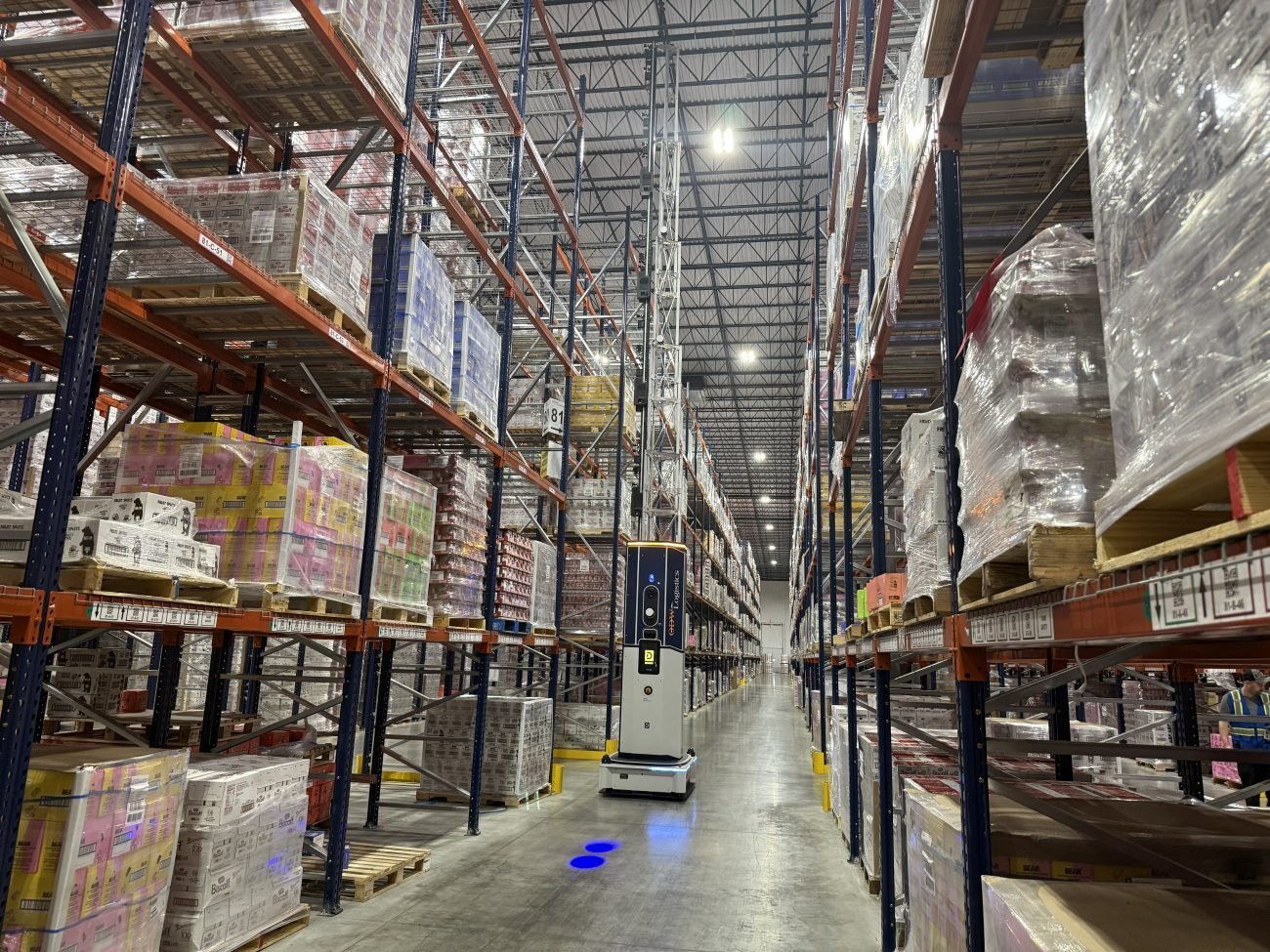Is your logistics partner giving you the data you need to grow your business with confidence? Or, if you’re managing logistics in-house, is your team capturing, analyzing, and using the treasure trove of information generated from daily supply chain management to enhance performance?
Optimizing your operations, reducing costs, maintaining compliance, and, most importantly, creating a great experience for your customers all tie back to the countless and endless data points that live within your logistics. Key performance indicators, or KPIs, cut through the complexity to show you where strengths and weaknesses lie, often uncovering clear answers to pressing questions. When outsourcing logistics to a third-party logistics provider (3PL), KPIs give you much-needed visibility into your supply chain and create accountability.
The Foundation of Success: Why Logistics KPIs Are Essential
Even seasoned logistics professionals have questions relating to logistics KPIs. KPIs are quantifiable measurements that help businesses evaluate their performance in various areas. In logistics, KPIs are indispensable tools for measuring and managing the efficiency, effectiveness, and overall performance of your supply chain. Without logistics KPIs in place, it’s difficult to pinpoint problems and even more difficult to identify and implement solutions. The lack of data can be stagnating as your supply chain operates in the day-to-day rather than with a mindset of growth and continuous improvement.
Business leaders rely on financial data to make business decisions. Likewise, they need supply chain data to make supply chain decisions. And for in-house logistics managers, KPIs are at the center of reporting to and communicating with upper management. When outsourcing logistics to a 3PL, KPIs are the keys to transparency and, in turn, trust.
The Quest for Efficiency: Logistics Performance Metrics
In logistics, there are KPIs for virtually everything. Some KPIs are overarching, giving a glimpse into general operations, while others are deep in the weeds.
From a 30,000-foot view, the most impactful logistics KPIs are typically:
- Productivity: Quite simply, what can be accomplished in an hour?
- Quality: How frequent are errors and deviations?
- Cost: How financially efficient are your operations, and where are the potential opportunities for savings?
- Safety: It’s not only crucial for workers’ well-being, but it also impacts productivity and operational costs.
- Workforce Performance: What dynamics, such as turnover and onboarding, are at play, and what are the associated costs?
Those are just the start. Detailed logistics KPIs include everything from load acceptance rates and picking accuracy to trailer utilization, outbound fulfillment rates, and many others. Of course, the ultimate KPI is timely delivery. If you’re not delivering on time for your customers, something is awry in your supply chain design. Other intertwined KPIs can help find the issue and determine how to fix it. Incorrect staffing levels, inventory discrepancies, and carrier problems are often quiet culprits of delivery delays.
Your 3PL should also be reporting on inventory turnover. This metric measures how quickly your inventory is moving out the door and being replaced by new stock. A high inventory turnover rate indicates that your logistics partner is effectively managing your stock levels, reducing carrying costs, and maximizing your cash flow. However, if your inventory turnover rate is languishing, it might be a sign of inefficient warehousing practices, suboptimal demand forecasting, or issues with supplier lead times. By consistently tracking this KPI, your 3PL can identify bottlenecks and take action to improve inventory management. Read more about using logistics KPIs to strengthen your supply chain.
Metrics in Motion: Using Logistics KPIs Correctly
While logistics KPIs are inherently powerful, they’re also easily misconstrued. Your KPIs must be aligned with your organization's overall objectives. The most common pitfall while tracking KPIs is looking at them in isolation for individual stages of the supply chain without considering their interconnectedness. Focusing solely on operational metrics without considering broader strategic goals can create an imbalance.
Remember, your end goal is to ensure and enhance customer satisfaction. Other KPIs and process improvements along the way need to be in tune with the ultimate indicator of accurate, on-time deliveries. That is why data visibility is needed to see the big picture.
When used correctly, logistics KPIs lead to timely solutions. For example, if you’re seeing significant issues with inbound damage, accumulating data through KPIs can uncover the downstream costs incurred due to upstream issues in the supply chain. With this information, your provider can address and correct the problem with suppliers, ultimately reducing costs and enhancing the quality of shipments.
Now, let’s say you’re seeing product damage not necessarily inbound, but, worse, during customer delivery. Through KPI tracking, we can identify the root causes, show direct cost information, and make changes to reduce labor and re-handling costs.
Partnering for High Performance: Leveraging Logistics KPIs with a 3PL
For most companies, and especially those in the process of scaling, logistics KPIs can be surprisingly elusive to track. It’s extremely resource-intensive to staff a large and growing logistics team in-house, and many 3PLs track only the basic KPIs at best. If your current logistics provider is falling short of providing adequate visibility into critical metrics, it might be time to explore a new partnership.
At ODW Logistics, we don't just see KPIs as numbers; we view them as the keys to unlocking supply chain success. Our team has the experience and expertise to not only track these metrics but also interpret the data they generate and then use that data for continuous improvement. While visibility is essential, we recognize that supply chain data runs deep. We tailor our logistics KPIs and reporting to the metrics that matter most for your business. By aligning our KPIs with your strategic objectives, we can truly understand your business and equip you with the right information to make informed decisions.
Don't let uncertainty and inefficiency hinder your logistics operations and the ability to scale your business. Embrace the power of logistics KPIs to create the right combination of customer-centric and cost-efficient supply chain management. Contact ODW Logistics to reimagine your supply chain for better visibility, clarity, efficiency, and performance.
RECENT POSTS
Introduction: The Evolving Landscape of E-commerce Fulfillment In the fast-paced world of online retail, customer expect...
Dec. 18, 2025 09:26 AM
ODW Logistics has been named a Top 50 Third-Party Logistics (3PL) Provider by Global Trade magazine and recognized in th...
Dec. 17, 2025 09:33 AM
December 3, 2025
Dec. 04, 2025 09:10 AM









.jpg)

